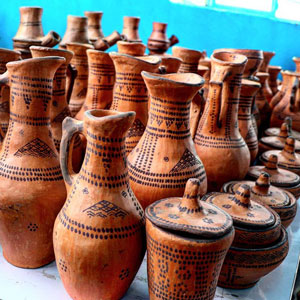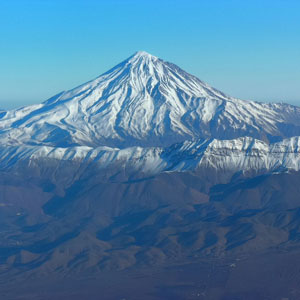 Signin with Google
Signin with Google Signin with Facebook
Signin with Facebook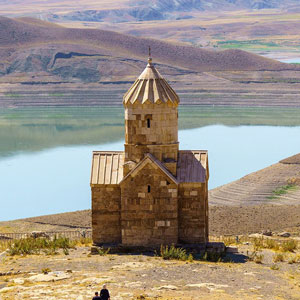
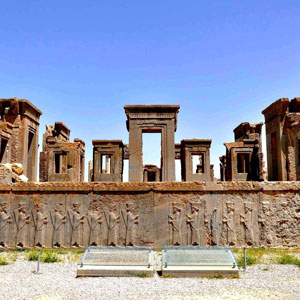 Places,History
Places,HistoryOmidvar Brothers, the Role Model of the World's Travellers
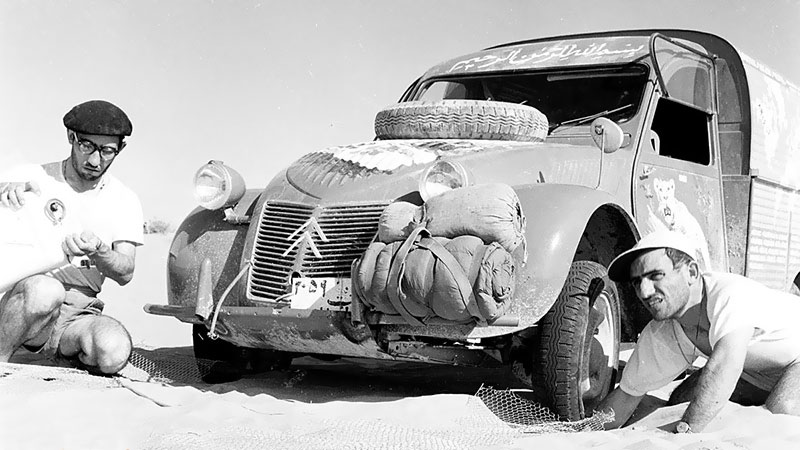
On a sunny day of 1954, two Iranian brothers embarked on a perilous journey to explore the unknown world. Issa was 23 and Abdollah was 21. By filming their 10-year adventure and their priceless encounters with different cultures and ethnic groups, the Omidvar brothers became the world's first travel documenters. No one has a simple guess of what this route is going to bring about for them, too for the world.
Abdollah and Issa Omidvar, who was born after the Second World War, living in the suburbs of Tehran, have always had a taste for travelling and exploration which was inspired by the stories their father used to tell them at the long nights of the winters. Their dream was to visit all the remote corners of the world. In Iran, they were part of a mountaineering club with which they climbed, for instance, Mount Damavand, the highest volcano in Asia.
Travelling the world on motorbikes
One day at the mountaineering club, Issa did an encounter that sparked the inspiration for their famous journey. He met Lionel Brans, a French biker travelling from Paris to Saigon, Vietnam. Soon after, Issa decided to go on a motorbike trip to the west: he crossed the border of Iran to travel to Turkey, Syria, and Iraq. This four-month journey was really hard with gravelled and dangerous roads. Yet, it completely seduced Issa.
Meanwhile, his brother Abdollah was exploring southern Iran. When they met each other again, the decision was already taken: they would explore the world on motorbikes. Their main goal was: visiting isolated populations to discover their culture and document them.
The intrepid brothers were soon ready and started their first round of adventure on the two English Matchless motorcycles. They took their camera and had only 180 dollars in their pockets. Yet, it was the enthusiastic and motivated spirit that made them hit the road!
The first world round 7-year-trip
First, the Omidvar Brothers headed to the east. They crossed Afghanistan, Pakistan, India, Tibet, Burma, Malaysia, Singapore, Indonesia, Philippines, Vietnam, Cambodia, Siam, Hong-Kong, Japan, New-Zeland and Australia. Then, they crossed the Pacific Ocean to land on another continent, North America. They started their journey through the Americas with Alaska and the Arctic circle in 1958 to examine the Eskimo's way of life in unbearable conditions. Yet learning to travel with the sleds being dragged by dogs and making igloos within an hour was unexampled experiences of this touch.
On their motorbikes, together they headed to South America. They went on to Mexico, Guatemala, El Salvador, Costa Rica, Panama, Colombia, Ecuador, Peru, Bolivia, Chile, Argentina, Uruguay, Paraguay, and Brazil. In Chile where they were invited to lecture in the Santiago College, the incident of love happened to Abdollah that made him settle in Chile, marry his beloved girl and establish one of the biggest film companies in Chile some 5 years later.
At the end of their journey in America, it was seven years that the Omidvar brothers were on the road. In 1964 they decided to go back briefly to Iran meanwhile crossing England, France, Germany, Austria, Switzerland, Italy, Yugoslavia, Greece, and Turkey. Returning back to homeland lasted only 3 months with the grief of losing their mother during the first three days of arrival to Tehran.
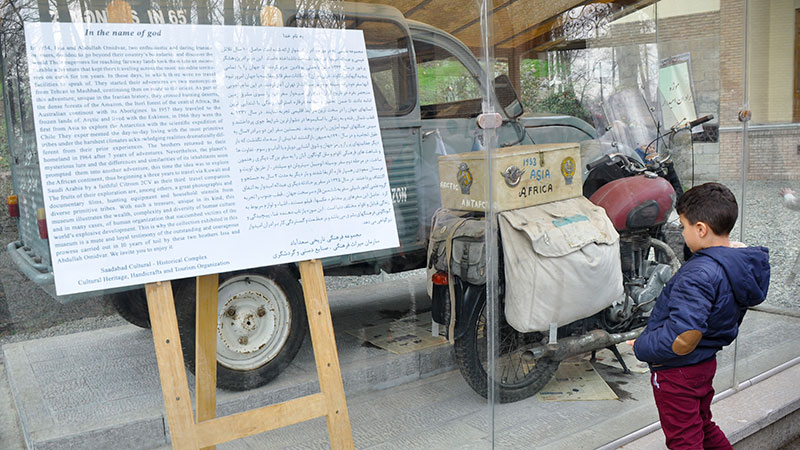
The second round of the journey through the African continent
In Iran, they had the opportunity to have a Citroen Car, a 2CV, which gave them new travel ideas. They hit the road again, but with their new cars, and toward the African continent! First, they crossed Kuwait and Saudia Arabia. After crossing the Red Sea, they started to explore Sudan. Then, they visited many countries over the course of three years: Uganda, Kenya, Zanzibar, Congo, Zimbabwe, South Africa, Angola, Chad, Cameron, Nigeria, Ghana, Ivory Coast, Guinea, Algeria, Mauritania, and their final destination was Morocco.
The first Asian explored Antarctica
After three years of travelling in Africa, and 10 years to ride all over the world, the Omidvar Brothers ended up their common journey. Abdollah decided to settle down in Chile, where he founded a film company and a major cinema. Issa returned to Iran.
In 1965 a year after the great trip, two brothers set forth to Chile for the second time to meet with the Chile navy and negotiate about the accompaniment of a science committee in their 90-day-exploration of Antarctica, so it was Abdollah who joined the group to be the first Asian to see the frozen continent with a polar ice-breaker, Pardo.
An invaluable anthropology work
The Omidvar brothers set foot in a way to explore the most primitive tribes of the world, not for commercial reasons like Marco Polo. The brothers did research and study on the lifestyle of primary communities as a duty for humankind.
Once they have found remote tribes or ethnicities, they would spend several months living with them and learning about their culture and tradition. Hence the incredible anthropology documentaries they have gathered from Eskimos to Amazonian cannibals, Polynesian islanders and way more.
What is interesting in the work of the Omidvar Brothers is that it was far from the vision of the world people had during that time. Most of the world was under the process of globalization, and remote places such as the ones they visited in Africa, Asia, and America, were seen through the lens of former colonizers countries of Europe and American media.
The Omidvar Brothers wanted, on the opposite, to show a world of cultural differences, rich tradition, and wild nature. Everywhere they went, they were humbly looking to establish a mutual understanding and respect. This was their spirit, as written on their bike in Farsi and in English:
"All different, all relative."
Ambassadors of global tolerance
Omidvar brothers became the informal ambassadors of Iran, meeting with numerous presidents, kings, cultural figures, and local authorities. They were invited to expose their work as well as have the opportunity to introduce their country to the rest of the world.
Indeed, while being so curious about the world, the Omidvar Brothers always carried their Iranian identity with them. When they were exploring the world for finding remote cultures and primitive people, they had a specific desire to connect with their roots. They went on the tracks of the Shirazi ancestors in Zanzibar, looking for the Zoroastrians in India, meeting the Iranian-Armenians living in Indonesia, and the Afghani community of Australia.

The foundation of the Omidvar Brothers museum
Finally, in 2003 the Omidvar Brother Museum was established in Sa'd Abad palace in Tehran, the Iranian capital. Issa Omidvar chooses to share this invaluable legacy with the people of Iran. Inside the museum are priceless materials from all over the world. Some of these objects belong to cultures and tribes which may have now totally disappeared, but whose memories have been recorded by the Omidvar Brothers.
On the first Sunday of the Iranian solar calendar's month the older brother, Issa, meets with the enthusiastic visitors at the location of the museum. The documentary of their 10-year travel to the world's wonders is available to purchase with English subtitles in the museum.

